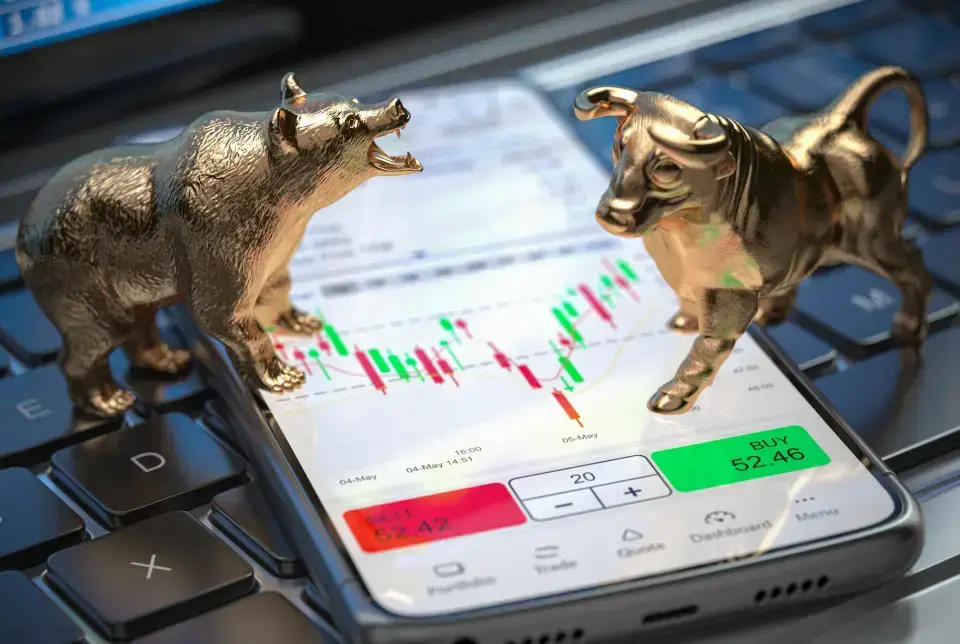Weekend Reading: Why We're Now in a Bear Market
This article appears as part of Casey Weade's Weekend Reading for Retirees series. Every Friday, Casey highlights four hand-picked articles on trending retirement topics and delivers them straight to your email inbox. Get on the list here.

Weekend Reading
You’ve undoubtedly seen the headlines. We’ve stepped into a Bear Market, and it’s caused many investors to enter a state of hover and hide.
READ THE ARTICLESo, what’s happening? Simply put, fear of the Fed having to drastically raise interest rates to combat inflation is causing many investors to speculate a recession is near. As the Fed continues tightening rates at a faster pace, stocks go down, which also prompts slower economic growth due to a higher cost of borrowing. Add in the war in Ukraine, and you have a recipe for many to be fearful of an economic collapse.
Why bear? The term “Bear Market” was born in Britain in the early 18th century, and by the mid-20th century, financial journalists and traders stuck to the “20 percent threshold”. The reasoning behind this, as stated here, is, “when stocks fall by a fifth from their previous high, we’re in bear territory.” And, “when they’re back up by a fifth from their previous low, we’re in bull territory.” In summary? It’s a shorthand way to gauge overall market activity.
What’s next? The average market drop is around 29 percent, and while we’ve experienced deep plunges in the past that took several years to make full recovery, we’ve also experienced brief blips that become a cloudy memory. How long this will go on and at what cost remains to be seen, but the culprit of what’s happening draws down to whatever is causing high consumer prices, whether that’s one thing, or a multitude of factors.
Rest assured: Bear markets are a natural part of market cycles; even necessary at that. As such, you should always be prepared with a plan for when they inevitably occur.
